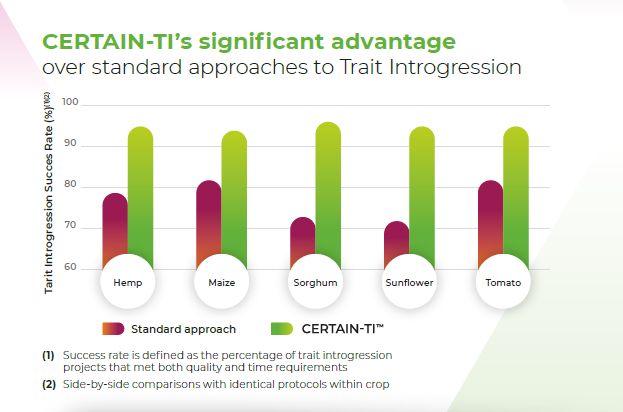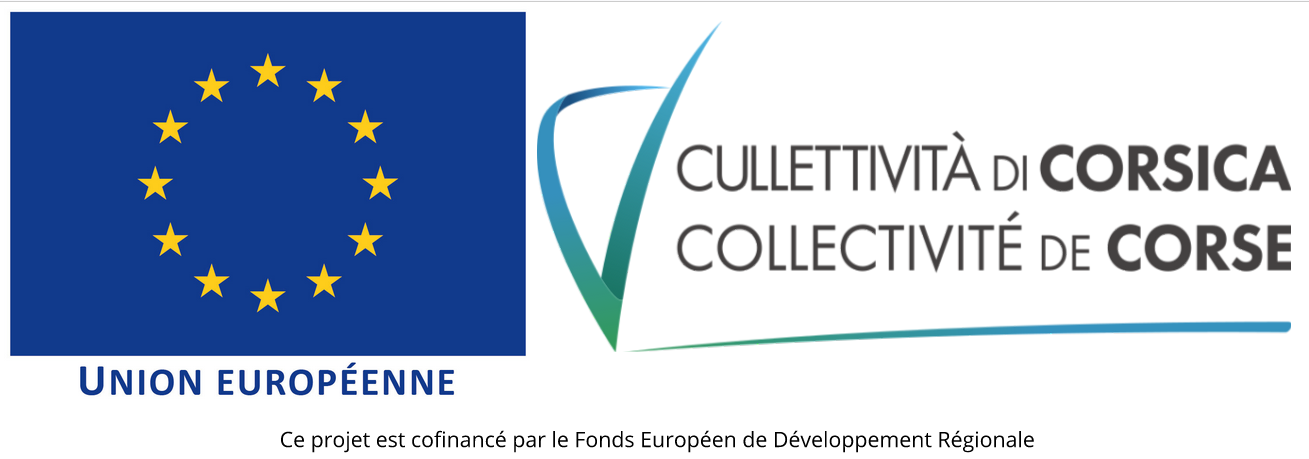Products & Services
We have combined our deep understanding of genetics and breeding with our expertise in operations research and mathematical algorithms into CERTAIN-TI™ to deliver the fastest and most effective trait introgression path to market through:

Identification of optimized protocols based on your time, quality and resource targets.

Selection of the very best plant(s) at each backcross generation.

Real-time adjustments to ensure “on-time”, minimum resource, trait introgression completion.
Why is it important to...
...go fast?
“Bringing a new product to the market before a competitor could result in a larger share of the market, while arriving to the market with a product after a competitor could incur a penalty of lost market share… the experience with herbicide resistance [in soybean in the late 1990’s showed that] the tangible costs associated with taking an extra year would [have been]… about $400 Mio.
Cameron, Han, Wang, and Beavis – Iowa State University (Theor Appl Genet (2017) 130:1993–2004)
...closely manage trait introgression resources?
Conducting trait introgressions with insufficient numbers of plants or marker coverage at each generation will result in failures or delays (introgressions that do not meet quality requirements or timelines). Conducting trait introgressions with overly large numbers of plants or overly dense marker coverage represents waste that quickly adds up to very significant amounts for medium to large trait introgression programs.
...achieve high quality?
High quality means speed to market and product performance. A trait introgression that recovers a very high percentage of the original variety’s genome needs only minimal performance validation before going commercial; one or two seasons at most. In contrast, a trait introgression that does not recover a high percentage of the original variety’s genome, should be considered as, is a new product that would require several years of performance evaluation before going commercial. Hasty commercialization of such a product could result in loss of performance, market failure, and brand damage.
...adjust in real-time?
Trait introgression relies on sexual reproduction and meiosis, both being natural processes involving randomness that escapes mathematical models. The ability to adjust subsequent protocol steps at each generation allows, when progress is slower than expected, to activate “higher intensity” protocols to ensure timely and quality-compliant completion of trait introgressions. It also allows, when progress is faster than expected, to activate “lower intensity” protocols and thereby minimize the use of resources.
consistently delivers higher frequency of success (quality and time) than other approaches



